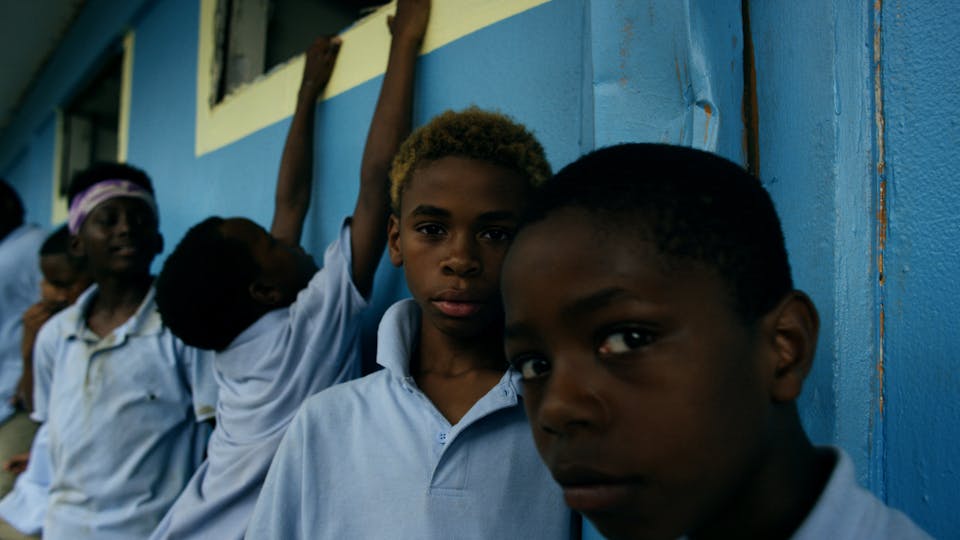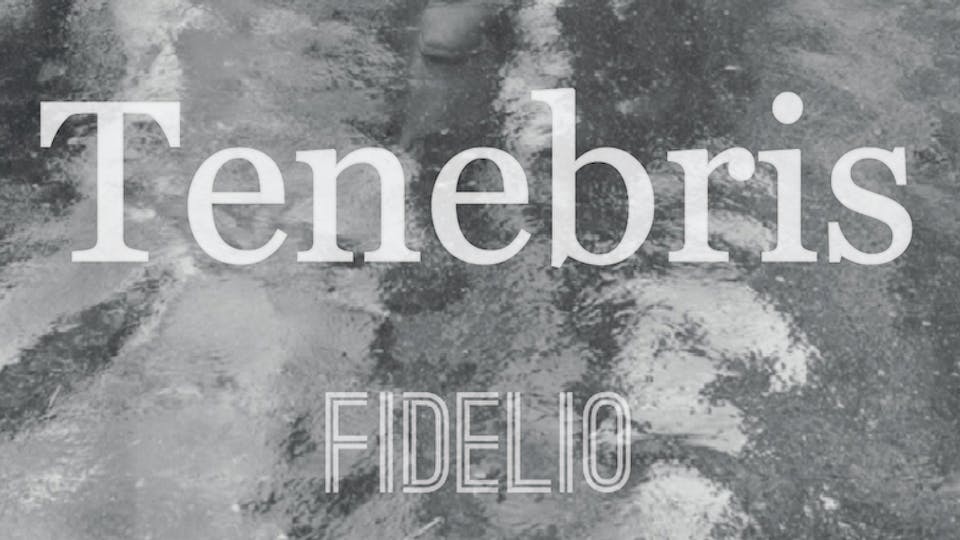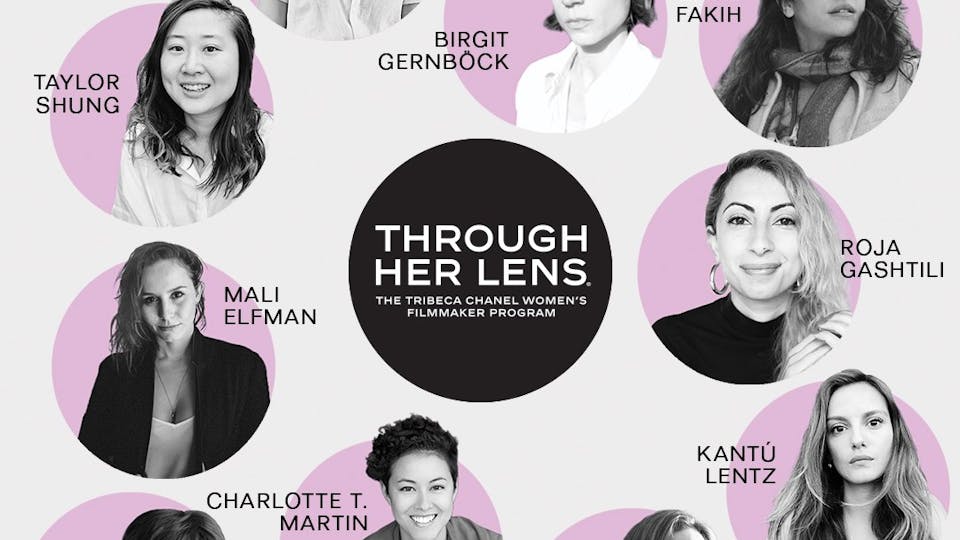5 Major Influences From Leah Meyerhoff

Having its world premiere at the South by Southwest Film Festival tomorrow, Leah Meyerhoff's debut feature I Believe In Unicorns (Tribeca All Access® alum) is a semi-autobiographical look at a strong-willed teenager who escapes into a twisted fantasy world when not being the sole caretaker of her disabler mother. We asked Meyerhoff to name the five things that influenced this deeply personal story.

1. MY LIFE
I Believe in Unicorns is a deeply personal story. My mother was diagnosed with Multiple Sclerosis shortly before I was born and has been in a wheelchair since I was two years old. My parents separated shortly thereafter, and I became her sole caretaker at an early age. This traditional mother-daughter role reversal led me to view the world through a particular lens. While on one hand, I grew up quickly and learned to take on certain responsibilities, I was also resentful of the situation and nostalgic for a childhood I never had. As I became a teenager, I started acting out, often by getting involved in unhealthy relationships with older men. I was pushing up against the boundaries of acceptable behavior, testing the limits of what was possible without a parental figure around to stop me. And while I told myself that I was mature enough to handle whatever came my way, in reality I was completely in over my head.
I drew upon all of these experiences and more during the creation of I Believe in Unicorns. Further blurring fact and fiction, I returned to my childhood home for production and cast my mother in the film. Her illness has progressed over the years and production was often quite draining, both emotionally and logistically, but ultimately the level of authenticity she brought to her character was astounding and the experience brought us closer together in real life as well. In many ways, my mother and my own teenage self were two of the biggest influences on this film.
2. VISUAL ARTISTS
I am influenced by artists who similarly draw from their own life experiences to comment on and expand upon the world around them. I am particularly inspired by photographer Cindy Sherman's exploration of female identity in her “Untitled Movie Stills” self portraits. Sarah Polley's recent hybrid film Stories We Tell and Jonathan Caouette's deeply personal docu-narrative Tarnation also come to mind.
Furthermore, performance art resonates deeply with me and my actor-driven directing style. and Laurel Nakadate are two of my current performers working today. I gain from watching them interact with spaces and their bodies, and it influences the way I communicate with actors in regards to the environment around them.
3. MY PEERS
As a female filmmaker, I place a specific importance on creating stories with strong female leads. Perhaps female-directed stories are more likely to be personal, because we so rarely have the opportunity to see realistic versions of ourselves on screen—after all, this was a main motivation behind my own film.
Statistically speaking, being a female filmmaker is challenging, but there is a vibrant emerging community of talented female directors who are making provocative and powerful work. I am continually inspired by and indebted to my peers, including Amy Seimetz, Eliza Hittman, Lucy Mulloy, Hannah Fidel, Stacy Passon, Lynn Shelton, Megan Griffiths, Ry Russo-Young and many more. I am grateful to be part of a group of incredibly talented women making films on their own terms.
4. BOOKS
I am a prolific reader and draw inspiration from all forms of print media. Fiction novels resonate deeply with me and spur my creativity. In many ways, the task of visualizing alternate realities in literature parallels the development from script to screen. I also enjoy parsing through short stories in search of inspiring pieces to option for adaptation. Non-fiction and periodicals are also a great source of research, and I regularly rely on books and magazines in early development stages. Sometimes fact is stranger than fiction and real-world events are a great source of inspiration.
5. MY COLLABORATORS
The creative process of I Believe in Unicorns drew upon multiple sources, both internal and external, to creative a unique emotional and visual landscape for the film. I was privileged to be able to collaborate with an incredibly talented team of artists throughout production and post. I was, and still am, influenced by the creativity and dedication of my cast and crew. Our lead actress Natalia Dyer would tell stories from her daily life as a high school student to our lead actor Peter Vack who similarly incorporated real life research into the backstory of his character. Cinematographer Jarin Blaschke and production designer Katy Rusch worked together to create a unique visual aesthetic and color palette alongside costume designer Emily Batson who contributed pieces from her own wardrobe. Every day brought a new level of intense collaboration, and I am lucky to have worked with a team who not only shared but also enhanced my vision of I Believe in Unicorns.
[Leah Meyerhoff photo by Joe Tanis]






